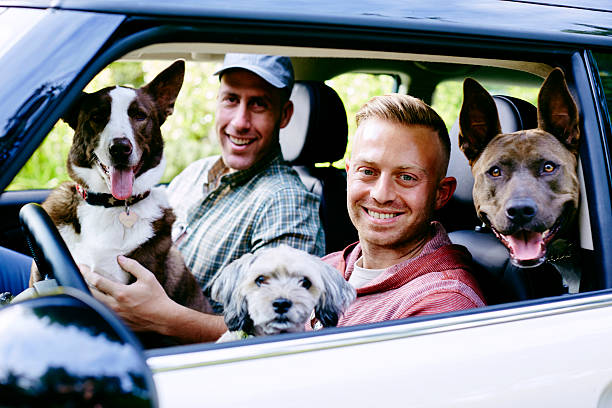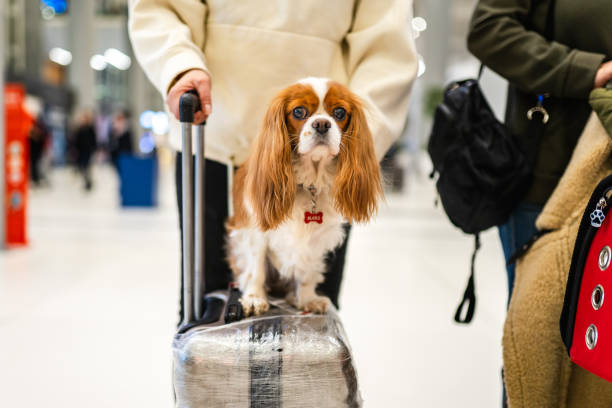Taking one pet along is like taking on a small adventure—taking two or more feels like embarking on a full-fledged expedition. From cross-country road trip to global air flight, keeping all your pets comfortable and safe demands proper planning and a touch of tactics. With proper planning, you can make the journey smooth, hassle-free, and even enjoyable for all concerned.
1. Begin with Individual Assessments
Every animal is different with their own temperament, health requirements, and tolerance for travel. Get vet appointments before buying tickets or loading the car to ensure everyone is healthy enough to go. Take the opportunity to get updated vaccinations, talk about calming devices if necessary, and obtain any travel certificates needed. Learning each animal’s personality serves to help you predict issues—your free-spirited Labrador will enjoy traveling in the car, while your timid cat will require a little more encouragement.
2. Select the Proper Carriers or Crates
During travel with more than one pet, respect for personal space is essential. Purchase sturdy, well-ventilated carriers or travel crates of the correct size for each pet. Pets must be able to stand, turn around, and lie down without strain. Each crate should be clearly marked with names, your phone number, and any special needs. When driving, tie the crates so they do not slide or tip over. For air transport, research airline regulations thoroughly to comply with size and ventilation standards.
3. Maintain a Regular Schedule
Animals love routine. Attempt to keep feeding, bathroom, and exercise times as regular as possible. Bring enough of their normal food and water for the whole trip—suddenly changing brands makes tummies upset. Pack favorite blankets, toys, or bedding that have a familiar home scent to provide them with some comfort on the journey.
4. Keep Them Separated and Watched
Even well-behaved household pets can become stressed during travel. Tight quarters, new environments, and fatigue may result in tension or even altercation. Providing each pet with its own confined space reduces conflict. Leash pets separately during stops to avoid tangling or escape. Never open more than one carrier at a time in a new, unsecured place.
5. Plan Your Stops
If driving, plan ahead for pet-friendly rest stops or motels. Try to make regular breaks for stretching, walking, and releasing dogs. Cats don’t necessarily require outdoor stops but might appreciate a moment of quiet with familiar odors. If flying, inquire about layover pet service or transit lounges—some airports have climate-controlled pet holding facilities.
6. Prepare for Emergencies
Carry a pet first-aid kit and keep duplicate copies of all medical records within easy reach. Make sure each pet wears an ID tag and is microchipped with up-to-date details. If unexpected delays or health issues arise, having your veterinarian’s contact information and the number of an emergency animal clinic at your destination can be invaluable.
The Bottom Line
Traveling with several pets can be more challenging, but it need not be stressful. With systematic preparation, care for each pet’s requirements, and a relaxed attitude, you can make a stressful trip a safe and even pleasant experience for your furry family.



